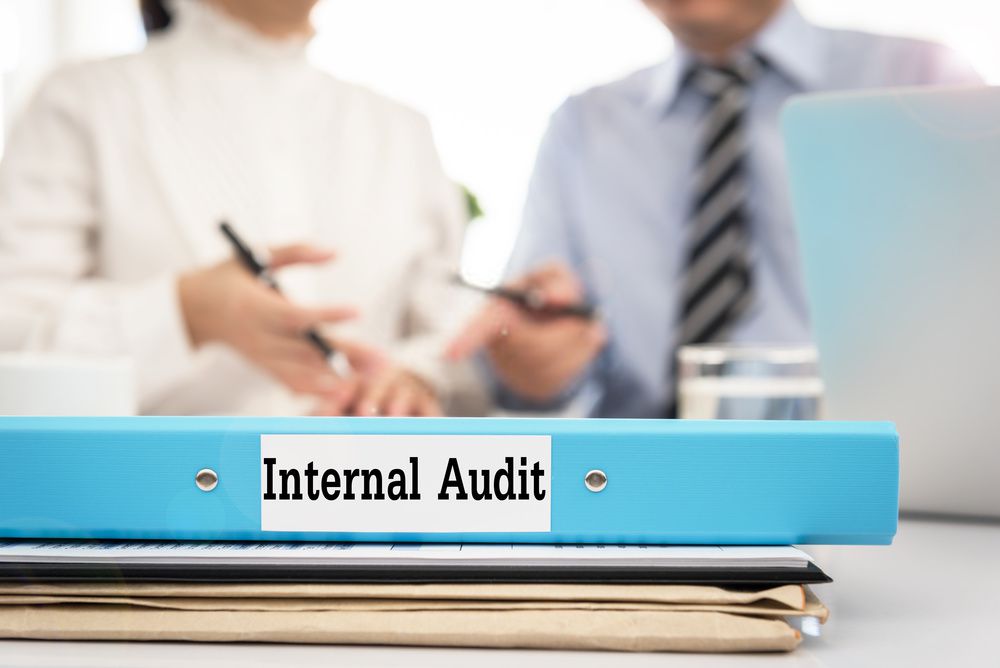Standards on Internal Audit (SIA) 4: Reporting
The fourth Standard on Internal Audit (SIA) deals with the reporting process. Internal Audit Reporting can be said as the process of preparing a detailed report by the internal auditor once the audit is concluded. They have to prepare the Audit Report that contains the outcomes of the audit, their findings, suggestions, recommendations and important notes. The contents of this Standard on Internal Audit (SIA) 4 are as follows-
- Introduction
- Basic Elements in the Internal Audit Report
- Communication to the Management
- Limitation on Scope
- Restriction on Usage and Report Circulation otherwise than to the List of Intended Recipients

The above-mentioned contents of the Internal Audit Reporting must be discussed in detail so as to get the basic understanding of the reporting process. These are properly discussed in detail in the following section of the article.
- Introduction: The Audit report must contain the basic paragraph of introduction in the starting to provide a simple overview about the audit process carried out in an entity. This is an integral ingredient in the Internal Audit Reporting for establishing the prescribed standards in the content and while filing in the forms of the internal auditor’s report.
- Basic Elements in the Audit Report- The key elements that an internal audit report must contain at all times are as follows-
- Title
- Name and details of the addressee
- List of Recipient for Report Distribution
- The coverage period of the prepared report
- An introductory paragraph called as introduction or opening statement
- Paragraph discussing the objectives
- Paragraph mentioning the scope of the audit and the Internal Audit Reporting
- Executive Summary
- Observations and findings of the auditor
- Viewpoint of the auditor
- Suggestions and recommendations from the auditor
- Comments and viewpoint of the management at local level
- Action Taken Report
- Other details such as date, time, place
- Internal Auditor’s signature along with their membership number.
- Communication to Management: An essential part of the Internal Audit Reporting is to communicate the report and the outcomes to the management at appropriate time. This is to be done for the following reasons-
- For ensuring that all the suggestions and recommendations provided by the auditor are in the final report are applicable practically.
- The different stages of communication to discuss the final report are as under:
- A draft of the held discussion called as Discussion Draft
- Exit Meetings
- Preparation of the Formal Draft
- Preparation and submission of the Final Report
- Limitation on scope: During the Internal Audit Reporting, there can be situations posing limitation on the scope of work of the audit and the audit report. All such limitations must be described in the report in details.
- Restriction on Usage and Report Circulation Otherwise than to the List of Intended Recipients: For this key point to be successful the Audit Report must contain-
- The terms of uses only for the intended purpose on which the company or management or the audit committee has agreed upon.
- The report circulation must be limited to all the recipients that have been considered in the Report Distribution List.

